Search
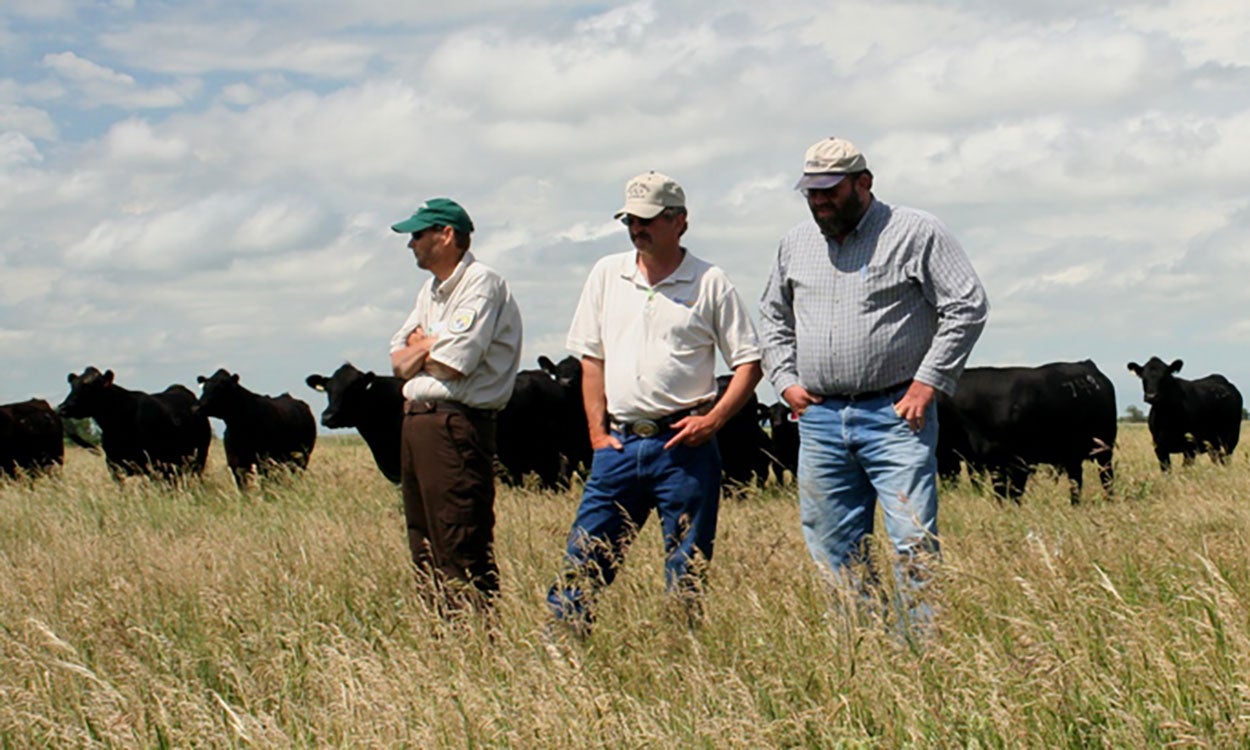
Drought Assistance From USDA: CRP Haying and Grazing
As this year’s drought intensifies, folks are quickly running short of forage. Due to the D2 Drought Monitor classification, most South Dakota counties qualify for Conservation Reserve Program haying and grazing for emergency and non-emergency use.

Planning Forage Needs
Inventorying and planning for hay and other forage feed needs is essential every year, especially when production is uncertain due to drought or excess moisture.
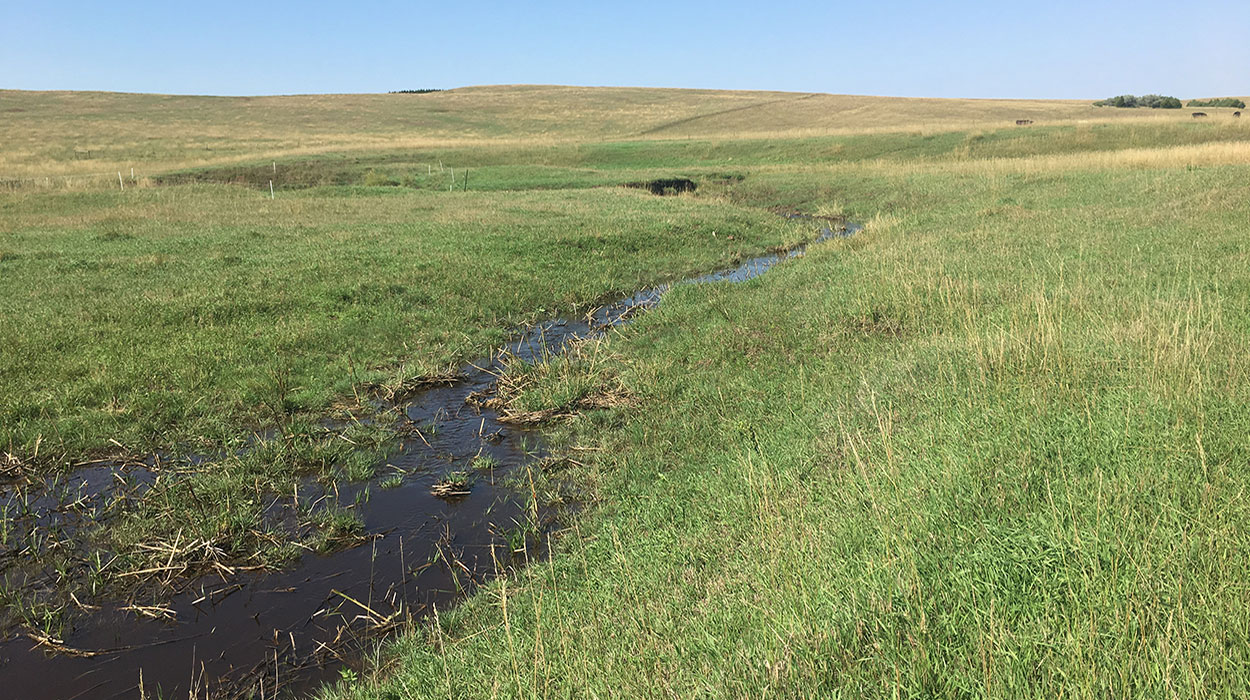
Be Careful Grazing the Green this Fall
With fall grazing on the horizon, nearly all of South Dakota is still experiencing drought conditions. Regardless of where your ranch is located, a rancher must be very careful when grazing the fall green-up of cool-season grasses.
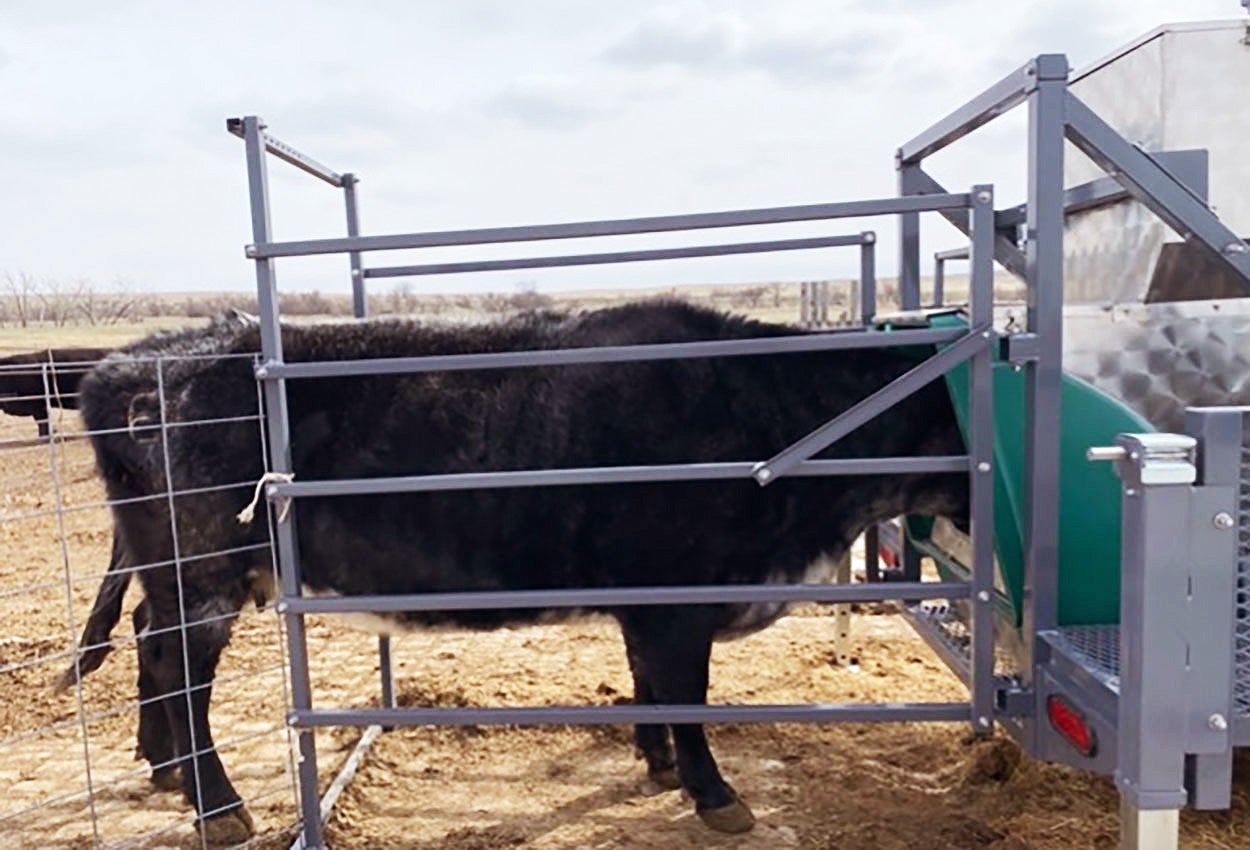
Range Roundup: Precision Technology to Measure Cattle Methane Emissions and Intake on Western S.D. Rangelands
In a recent research project, our precision livestock team deployed technology to measure individual cattle methane emissions and feed intake by disappearance. Learn how this data can be used to help improve day-to-day management decisions on the ranch.
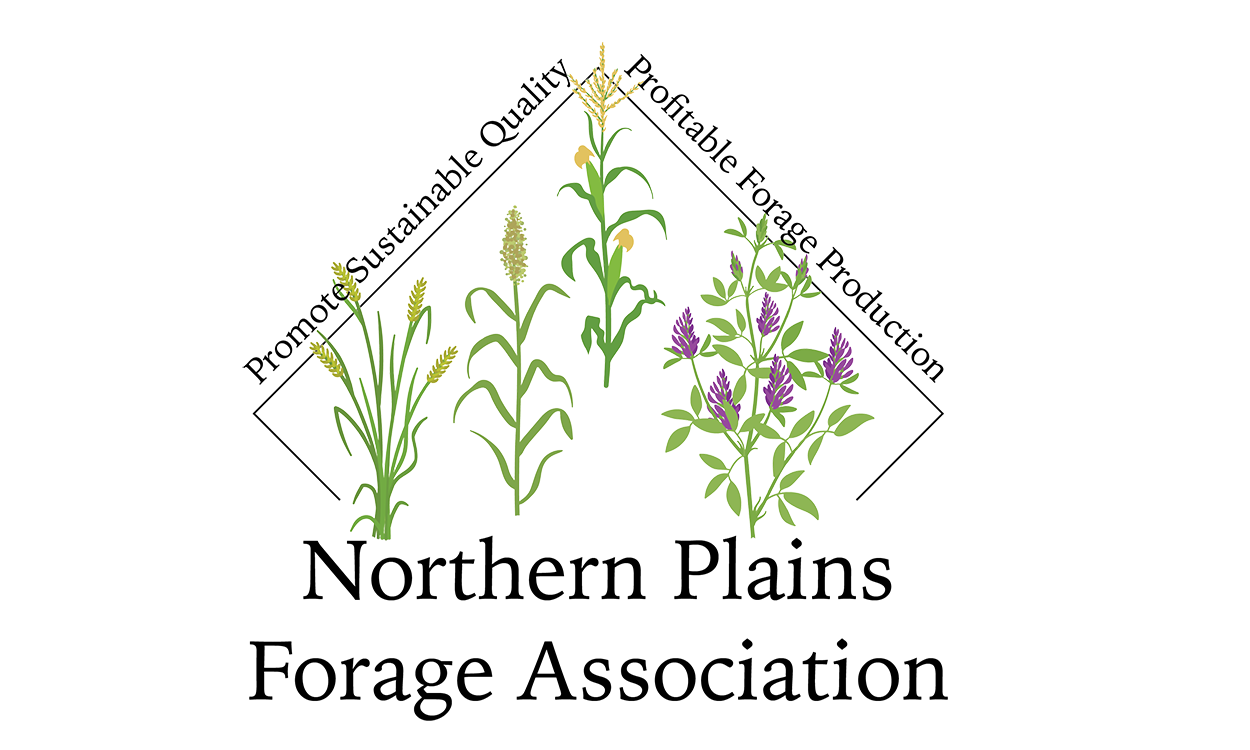
Northern Plains Forage Association hosting free meetings during Central Plains Dairy Expo
March 13, 2023
The Northern Plains Forage Association informational meeting is from 2 to 3 p.m. March 29 and 30 during the Central Plains Dairy Expo at the Denny Sanford Premier Center in Sioux Falls, South Dakota.

Pet Food & Pet Treats
In South Dakota the Department of Agriculture Feed & Animal Remedy Program is the agency that oversees the manufacturing, licensing and labeling of animal feeds and remedies. Local foods producers interested in selling pet foods or pet treats need to be in compliance with this program.

Nitrates and Livestock Water Quality
Nitrate poisoning is something we think about with forages such as millet, oats, corn, sorghum, sudan, kochia and others that have been fertilized or if there is a drought, but water can also be a contributing factor.

Understanding the Critical Role of Broadleaf Pollinator Plants in Pastures
Understanding the economic role of pollinators is the first step towards understanding their diverse values to grassland and crop systems.

Blue-Green Algae and Livestock
With warmer temperatures, the conditions are right for blue-green algae blooms. Different species of blue-green algae contain various toxins, which can poison livestock, resulting in rapid death.
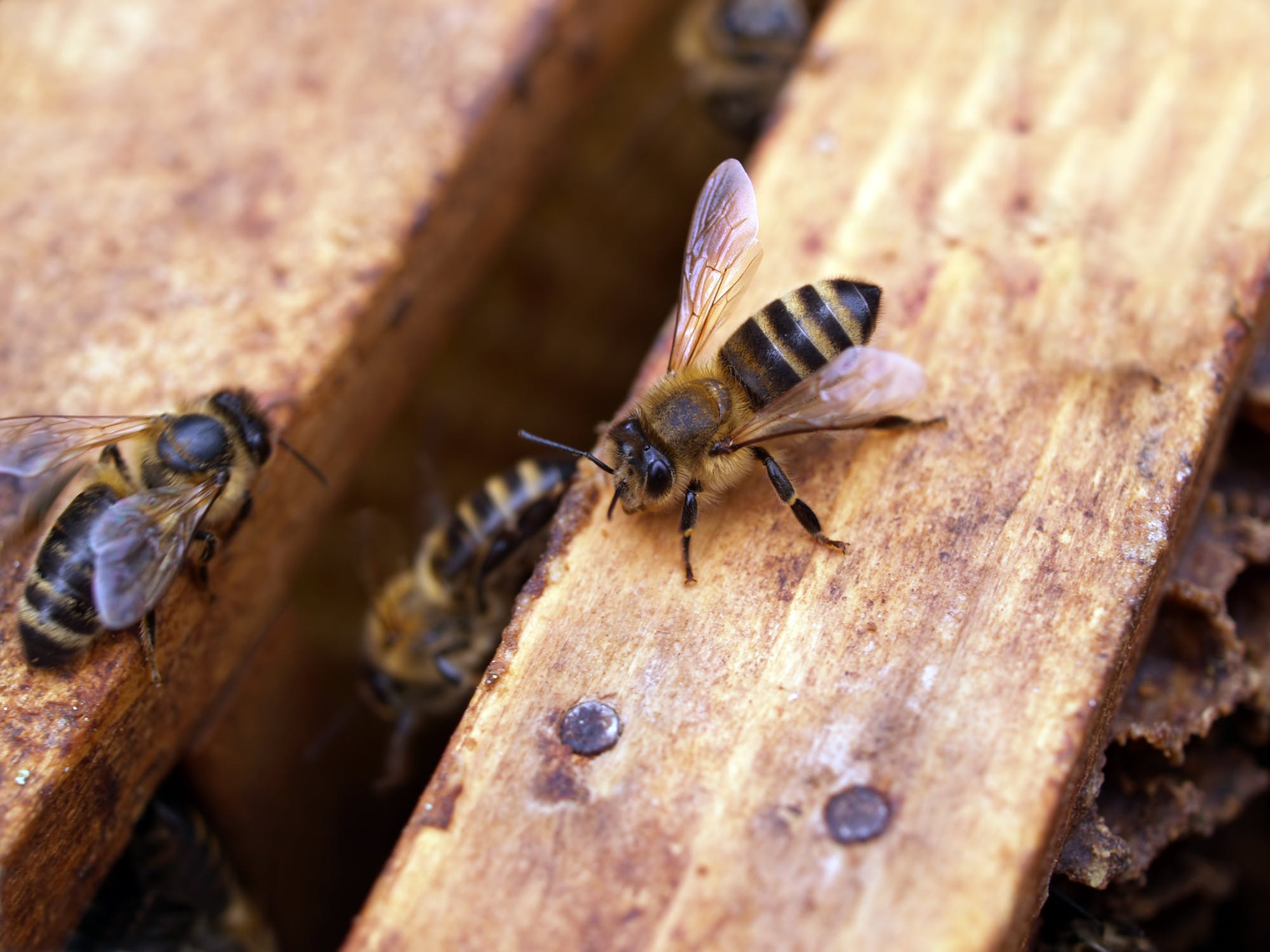
Backyard Biodiversity: Nest boxes for native bees
Many of our native bee species are solitary. In order to ensure that these kinds of bees spend more time in our yards and gardens, it is important to make sure we include places for them to nest.